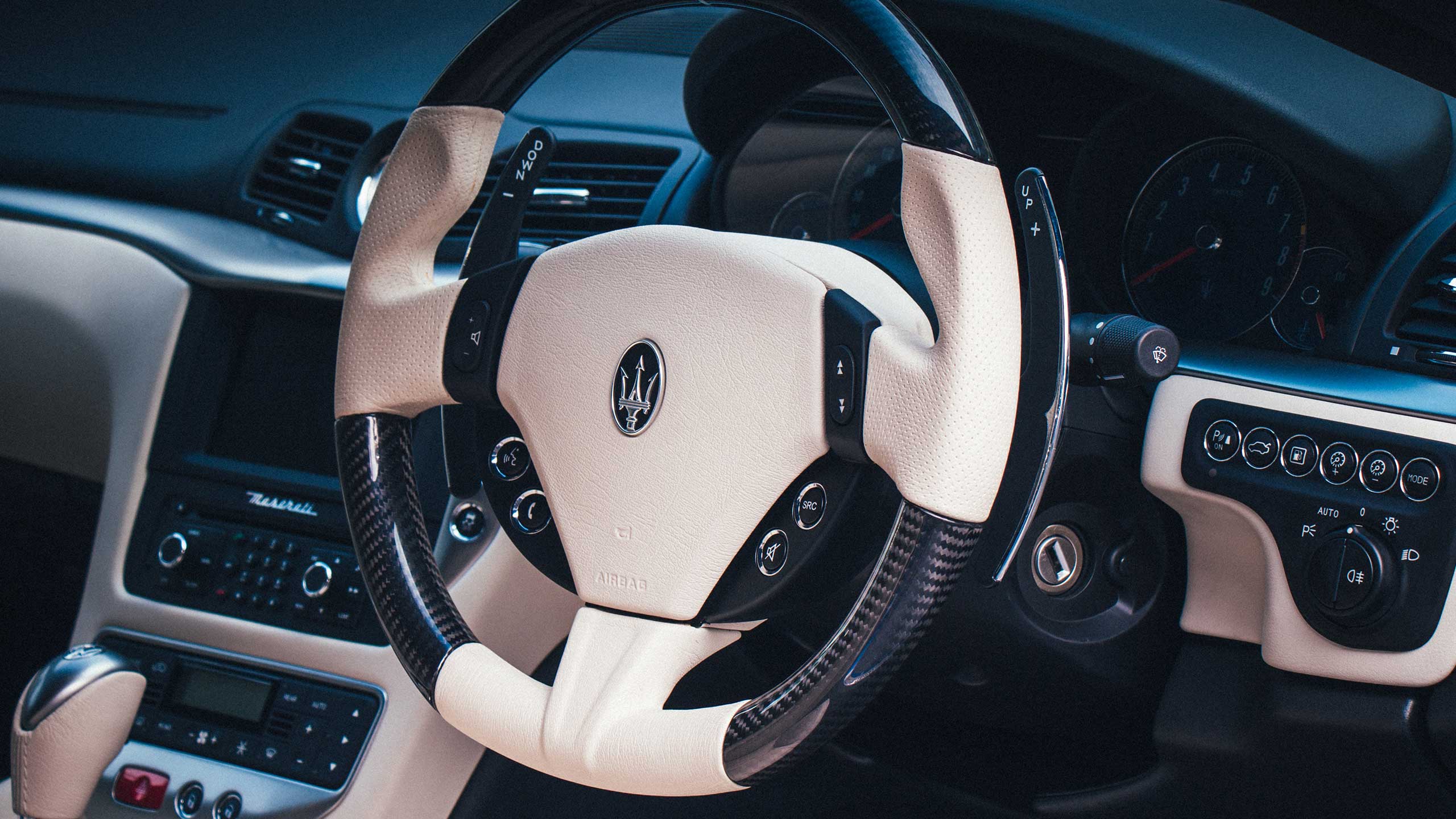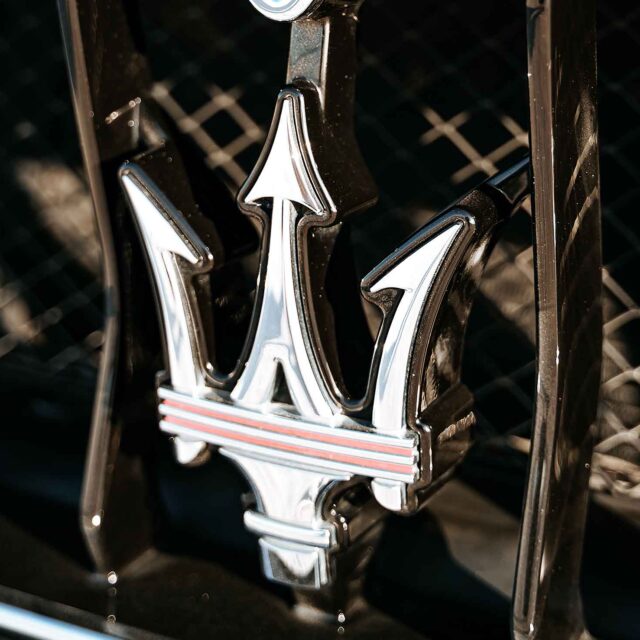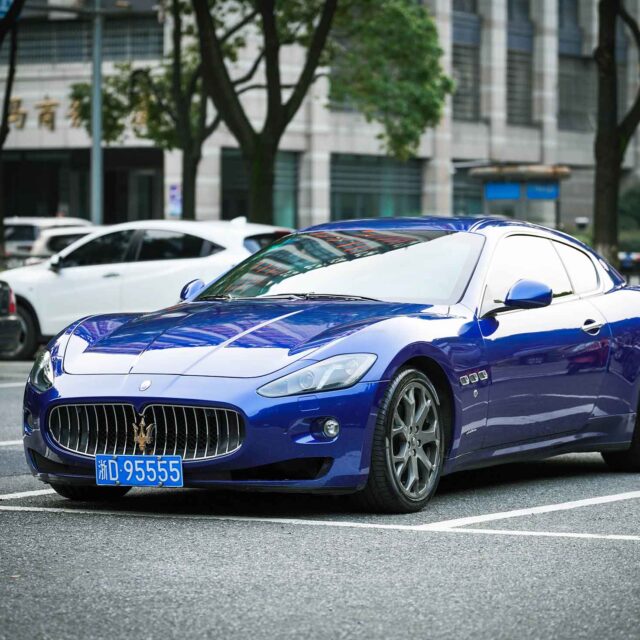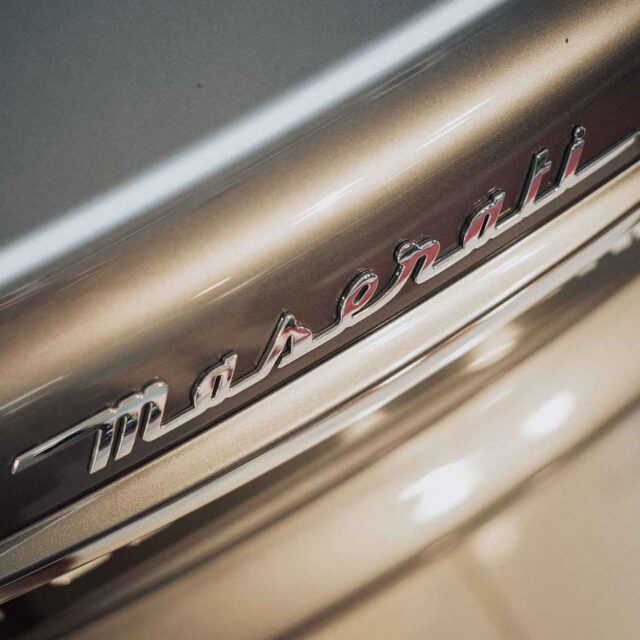Rodolfo Maserati, Carolina Losi, and their seven children started Maserati under Italy’s monarchy. From Rodolfo, the Maserati brothers inherited their passion for speed. By 1900, the family was complete: youngest son Ettore was born in 1894 and oldest son Carlo had began his profession.
Early in the 20th century, engines were unreliable and their electrical systems caused many problems. Carlo Maserati adjusted the voltage of his Bianchi electrics in 1907 to fix ignition failure. This increased dependability, boosting performance and continuous power output.
Alfieri discovered that certain spark plug difficulties were due to insufficient insulation, so he created a new kind insulated with mica, a rare mineral that improved engine performance and dependability.
Alfieri, Ernesto, and Ettore created the first Maserati. Mario, their artist sibling who knew nothing about engines, designed the logo. Mario picked one of Bologna’s most iconic symbols: the trident from Neptune’s monument in Piazza Maggiore. Maserati’s colours are red and blue, from Bologna’s flag.
Carlo Maserati created his first single-cylinder engine aged 17 and was employed by Fiat as a test pilot that year. In Turin, he builds a single-cylinder engine for a wooden automobile chassis. This may be the first Maserati. He left Fiat in 1903 to become Isotta Fraschini’s test pilot and assistant. He brought along his 16-year-old brother Alfieri. Alfieri remained when Carlo departed Isotta Fraschini in 1908. At 1908, he raced Isotta Fraschini number 41 in Dieppe. He finished 14th, first among 4-cylinder cars.
Carlo Maserati started a corporation in 1909. He still loved vehicles, but his new firm aimed to develop and build a better aeroplane. In 1910, a lung infection ended Carlo’s life and goals. His siblings were devastated, but Carlo remained a bright example. Alfieri assumed control.
Alfieri relocated to Bologna in 1913 and opened an Isotta Fraschini service centre. Soon, he followed Carlo’s lead and went into business with his brothers. “Società Anonima Officine Alfieri Maserati” was founded at 1 via de’ Pepoli. Italy declared war five months later. Alfieri and Ettore enlisted.
Alfieri started activities after the war. In 1914, he opened a bottle business and shifted spark plug manufacture from Milan. The “Officine Alfieri Maserati SA” sign finally went up over the three huge windows after he found a derelict plant in Pontevecchio, Frazione Alemanni, Bologna, after the First World War. The new premises were large enough for the Maserati Brothers to move there with their families, and Officine Alfieri Maserati SA was founded.
The Maserati brothers were recruited when Italy entered the war but stayed behind the lines. The Army gained from their technological ability by creating and producing special spark plugs. SVA planes utilised Alfieri’s mica-insulated spark plugs. Gabriele d’Annunzio famously attacked Vienna in one of these aircraft on August 9, 1918. After upgrading the engine, Alfieri won the Susa-Moncenisio race at 69 km/h. In Aosta-Gran San Bernardo, he repeated the feat with Ernesto.
In 1937, when the Orsi family took over administration, Maserati moved from Bologna to Modena, where some of its essential sports and GT cars are currently developed and constructed.
During the Second World War, they had to focus on spark plugs and other military-related products. Maserati Spark Plugs and Batteries supplied Maserati Auto with batteries for their 1940-1945 electric automobiles.
At the Geneva Car Show in March 1946, the prototype of what might be called the first GranTurismo was shown. “A6” – 6 cylinders to honour Alfieri. The audience liked the design and innovation, therefore manufacturing proceeded. Maserati debuted the A6 1500 at the 1948 Turin Motor Show, designed by Pininfarina.
Maserati’s 1946 win in Nice signified the end of World War II. Civilian life resumed. Ernesto, Ettore, and Bindo Maserati returned to Bologna. They started Osca to design, develop, and build racing vehicles.
Formula 1 began in 1950. Maserati was there from the inaugural race, although their cars were still F2s. But in 1956, Ferrari and Maserati battled in Formula 1. Modena was a city split between two teams. Sundays, automobiles raced. Monday mornings, victorious supporters boasted over losers in city centre taverns and colonnades.
The “White Dame” was Maserati’s reaction to the boom years of the automotive market. In 1961, Maserati introduced the GTI. The Shah of Persia liked the White Dame, but he wanted something more exclusive. Giulio Alfieri placed the 8-cylinder 450 S engine in a GranTurismo. Collectors and automobile historians consider the “Shah of Persia” a classic. At the time, it was the world’s most premium and opulent automobile.
The 3500 GT in 1965 became the Sebring. Luciano Pavarotti, fresh from his Covent Garden glory, bought a Sebring. Maserati and the Maestro began a lasting friendship.
Maserati’s collaboration with Giorgetto Giugiaro began in the 1960s. His first idea, the 8-cylinder Ghibli, debuted at the 1966 Turin Motor Show. Maserati planned to make 100 vehicles but raised manufacturing to 400. 1295 Spyder and Coupé variants were manufactured until 1972.
The Maserati Quattroporte was synonymous with elegance and grace in the 1980s. David Cronenberg used it in The Fly (1982) and The Dead Zone (1984) (1983).






